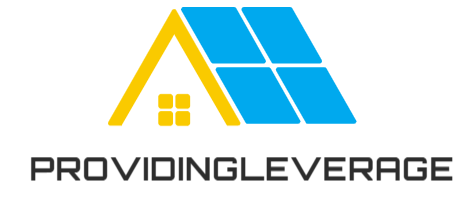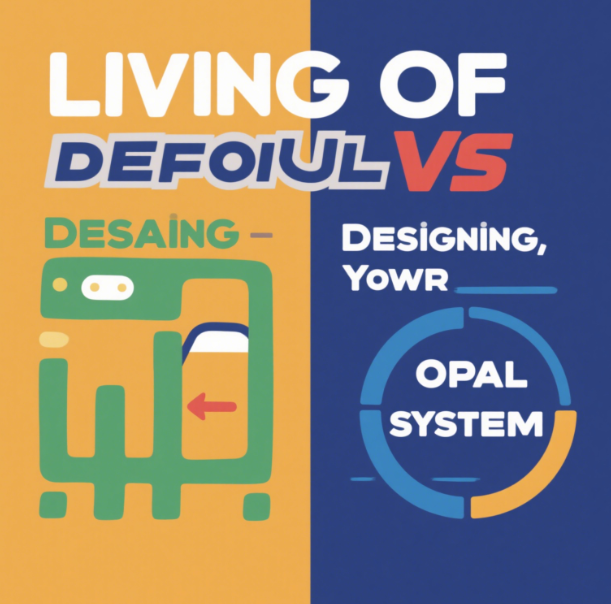If you’re reading this, chances are you’ve followed the standard life template for most of your journey so far. You know the one—graduate school, get a job, follow a linear career path, perhaps even check off a few “success” boxes like promotions, a mortgage, and a retirement fund. It’s a life pre-installed by society—what I call the “default operating system.”
But here’s the thing: just like computers, humans function best when their operating systems are thoughtfully designed—not blindly inherited.
The Default OS: Comfortable, Predictable, and Limiting
Living on default feels familiar and secure. There’s a kind of efficiency in adopting societal templates. Wake up. Go to work. Pay bills. Wait for the weekend. Repeat.
This system, while functional, often lacks intentionality. It encourages reactive living—responding to what’s thrown your way instead of proactively choosing your path. The rules are already coded for you: what “success” looks like, when to settle down, how much risk is acceptable. You rarely question the framework because it’s everywhere, reinforced by family, media, and even the algorithms curating your feed.
The catch? That comfort comes at a cost. You might find yourself achieving goals that were never yours to begin with, or burning out from climbing ladders you didn’t even want to be on.
The Custom OS: Intentional, Personal, and Adaptive
Now, imagine if you could rewrite your operating system from scratch. What if you paused the autopilot and asked: What do I truly want? How do I want my days to feel? What values do I want to live by?
Designing your own OS is about conscious choice. It’s about defining success on your terms, even if that means walking away from the conventional.
For some, that might look like shifting from a 9–5 to freelance life. For others, it might mean staying in a traditional job but redesigning how time, energy, and focus are managed. Maybe it’s choosing not to check email before 10 a.m., building daily time blocks for creative work, or setting boundaries that prioritize mental health.
Whatever form it takes, a custom OS is tailored. It reflects your priorities, your rhythms, and your vision for life.
Rewriting the Code: Where to Begin
Building a personal OS doesn’t require quitting your job tomorrow or moving to a cabin in the woods. It starts with awareness and small decisions that accumulate into big shifts. Here are a few building blocks:
- Audit Your Current System
Track how you spend your time. What patterns do you see? What feels draining vs. energizing? Often, you’ll find your current life runs on scripts you didn’t write. - Define Your Core Values
Are autonomy, creativity, or family top of mind for you? Align your actions and commitments with these values—your OS should reinforce them, not contradict them. - Design for Energy, Not Just Time
Time management is overrated if you’re constantly tired. Structure your day around energy peaks. For instance, if you’re sharpest in the morning, reserve that time for deep work, not admin tasks. - Embrace Modular Thinking
Think in terms of interchangeable systems. Try different tools (digital or analog), work routines, or habits. Keep what works, discard what doesn’t. You don’t need one perfect setup—you need one that evolves with you. - Update Regularly
Just like software, your personal OS needs updates. What worked last year may not serve you now. Set quarterly “system reviews” to refine your structure.
Living with Leverage
Designing your own operating system is the ultimate form of leverage. You create a structure where your time, energy, and talent compound. You stop reacting and start building—systems, habits, projects, even a life that reflects who you are and what you care about.
This doesn’t mean life becomes easy. There are still bugs, crashes, and occasional burnout. But now, you’re holding the blueprint. You’re not just a user; you’re the architect.
Final Thoughts
Choosing to live outside the default is inherently unconventional. It’s messy, iterative, and often met with resistance. But it’s also liberating. Because when you take control of the operating system, you stop optimizing for someone else’s version of success—and start building your own.
Whether you’re just beginning or already halfway through your redesign, remember: your OS doesn’t have to look like anyone else’s. It just has to feel right to you.
Welcome to a life lived on your terms.




